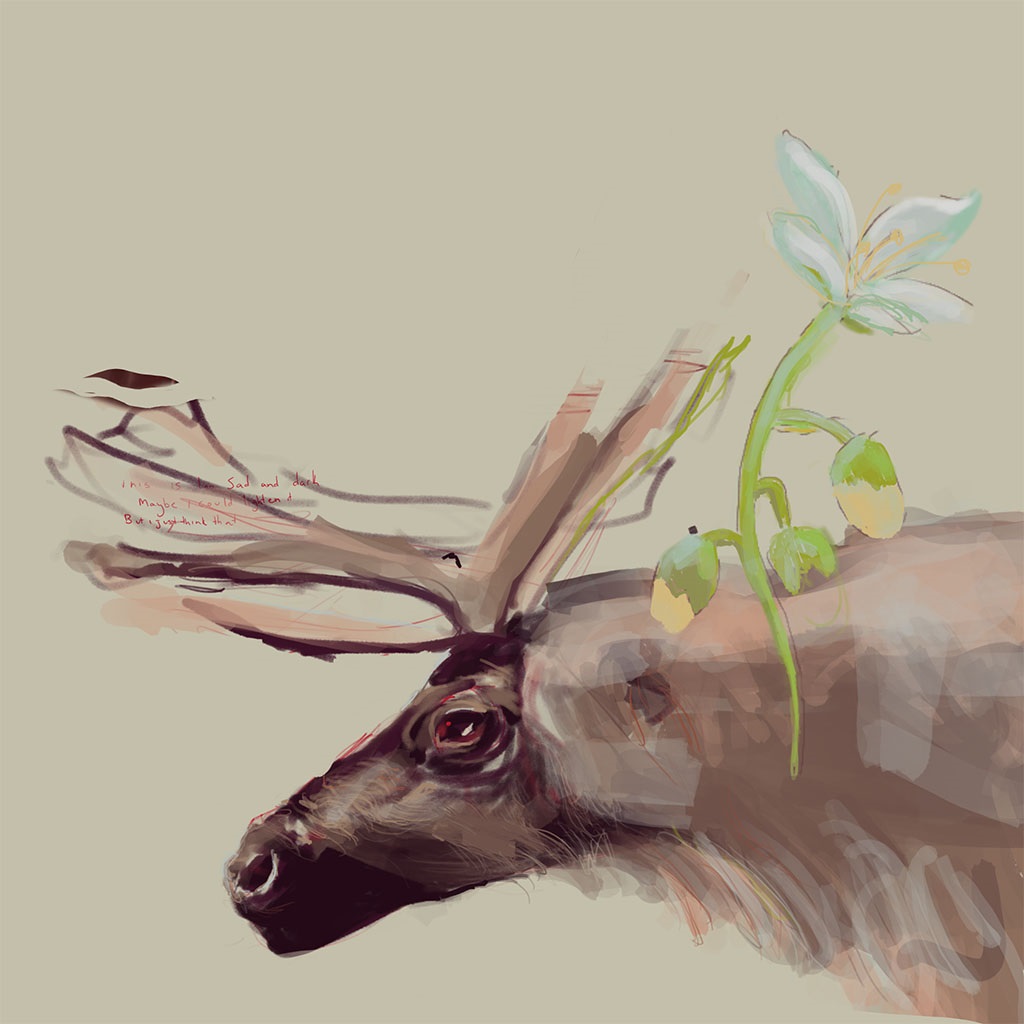Here are some youtube videos, or articles that caught my eye - from the New York Times, Consumer Reports, Popular Science etc.
Saturday, December 27, 2025
Anti-tremor engineering
Friday, December 26, 2025
Water-jet loom
Tuesday, December 23, 2025
Murder confession
Monday, December 22, 2025
Sunday, December 21, 2025
Pet peeves with Tesla
Can solar power the Tesla for a 30-mile commute?
Low Cost Rainwater Harvesting: An Alternate Solution to Salinity-Affected Coastal Region of Bangladesh
Efficient floating fish farm
Advance Estate Planning for a Surviving Spouse - Schwab
- Titled with rights of survivorship, meaning both spouses have equal ownership and the surviving spouse will inherit the deceased spouse's interest.
- Placed in a revocable trust—which isn't subject to probate—with your spouse as its beneficiary
- For bank accounts in one spouse's name, you can file a payable on death (POD) form to ensure the surviving spouse can access the account without going through probate.
US movies mapsplained
Rabies on radiolab
Improving plastic removal in the Ocean Cleanup project
Phone thief steals your life savings in minutes
Seeking deipnosophists
Still working in their 80's - because of financial mistakes
Flaws in human design.
Christmas Island crabs
Saturday, December 20, 2025
Thursday, December 18, 2025
Wednesday, December 17, 2025
Tuesday, December 16, 2025
Synthetic diamonds by DeBeers
Monday, December 15, 2025
Sunday, December 14, 2025
Stop asking 'How was school today?' To raise successful kids, ask 7 questions instead
Saturday, December 13, 2025
Monday, December 8, 2025
Ed Sheeran's tough year.
Saturday, December 6, 2025
Dextrous robotic manipulators
Friday, December 5, 2025
Thursday, December 4, 2025
How the Chinese qwerty keyboard was developed
Bioluminescence explained
Sunday, November 30, 2025
Thursday, November 27, 2025
Dendrochronology to determine the age of violins
Tuesday, November 25, 2025
Do Mattresses Really Double in Weight?
Voice actor skills
Monday, November 24, 2025
Home robots
Jet engine turbine design - pushing the limits
Thoughts on retiring gradually.
My contribution to the anesthesia discussion group today. For those of you already retired, what do you think?
I never thought I'd be the sterotypic physician that can't find things to do in retirement, because I have many interests.
Enjoying retirement is about finding happiness and purpose, and this video has really great advice about those. I would advise retirement well before their health and cognition mandates retirement, because all the hand-wringing over asking a colleague to quit because of declining function is one of the hardest things anesthesia chiefs have to do.
First, some financial points: A related question is "how much money do I need, and this video about striving for 7 figures may surprise you that it's less than most people think. Remember that every dollar you earn from part-time employment in early retirement allows your nest-egg to continue growing, so here's some advice on choosing a part-time job. Also, consider keeping a substantial part of your nest egg in stocks (the 100 minus age rule) so you keep up with inflation. And learn about the various types of Medicare coverage. Be careful to avoid permanent late-enrollment Medicare fees if you forget to sign up before age 65.
I semi-retired a year ago, now working 2 days a week. Filling those other days is surprisingly hard because of planning around my wife's schedule, I often find myself searching for same-day activities. Much as I'd love to travel, that doesn't work with her schedule easily.
Volunteering has been the most fulfilling activity, though various musculoskeletal problems act up if I overdo it. A local food bank has huge needs for labor and interacting with clients, and that has been good for me.
My interests in drone photography, sailing, and cycling are largely fair-weather activities, and weather is not Seattle's strong point!
So, gradual retirement has been useful for me to think about how to best enjoy my time, and ease into the "4 phases of retirement." I'm still in phase 1.
If I had retired "cold turkey," I think this would've been a challenge for me, and more of a burden on my spouse. (Then again, maybe I would've signed up for weekly volunteering and other activities and more easily filled my schedule, so it's hard to say.) If you and your spouse can retire at the same time, I think that changes the equation substantially.
Every situation is unique, but the resources mentioned above have been useful to me in planning for retirement. Hope this helps.
Novel method to get 3D views from satellites
Sunday, November 23, 2025
The Streisand effect
"Attempts to suppress information sometimes invoke extensive publicity, becoming viral over the Internet or being distributed on file-sharing networks. Seeking or obtaining an injunction to prohibit something from being published or to remove something that is already published can lead to increased publicity of the published work.
The Streisand effect has been described as an example of psychological reactance, wherein once people are aware that some information is being kept from them, they are significantly more motivated to acquire and spread it.
Crows trained to pick up garbage in Sweden
Update: Sad to report that this experiment is probably false, according to Snopes. https://www.snopes.com/fact-check/sweden-crows-cigarette-butts/
Crows are being recruited to pick up discarded cigarette butts from the streets and squares of a Swedish city as part of a cost-cutting drive. The wild birds carry out the task as they receive a little food for every butt that they deposit in a bespoke machine...[The town currently] spends 20m Swedish kronor (£1.6m) on street cleaning...He estimates his method could save at least 75% of costs involved with picking up cigarette butts in the city. https://www.theguardian.com/environment/2022/feb/01/swedish-crows-pick-up-cigarette-butts-litter
France is trying it too.





